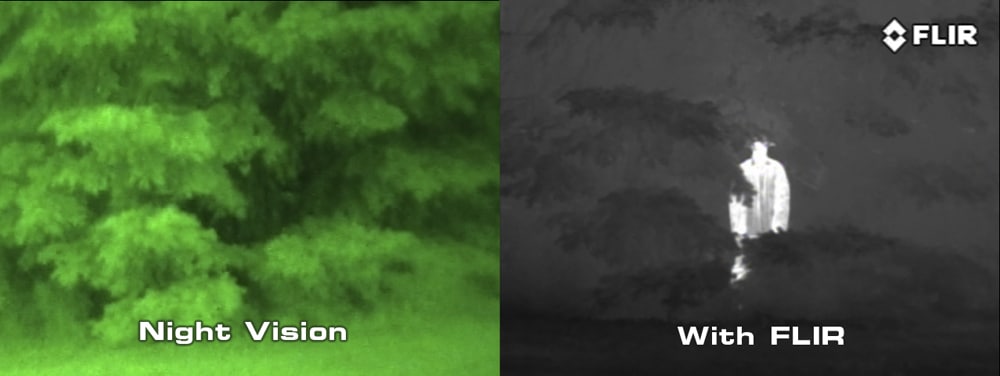
BoatingLAB Tests: Night Vision Scopes
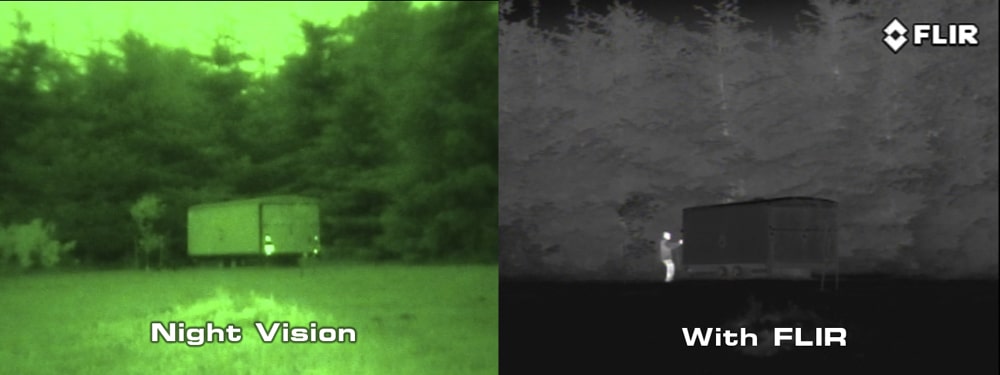
BoatingLAB Tests: Night Vision Scopes
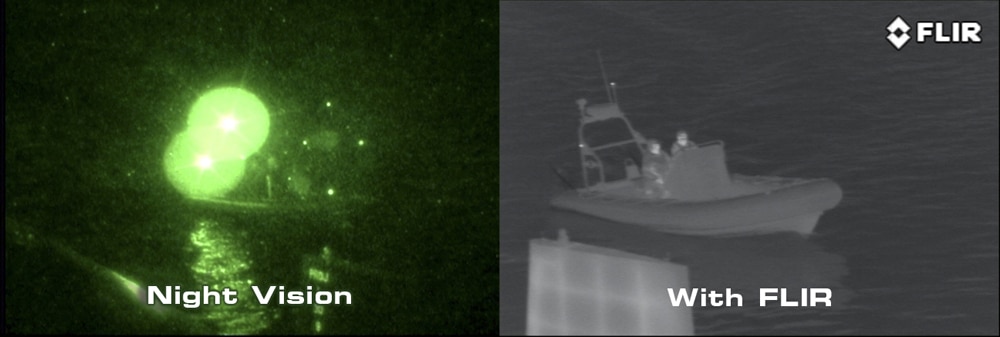
BoatingLAB Tests: Night Vision Scopes
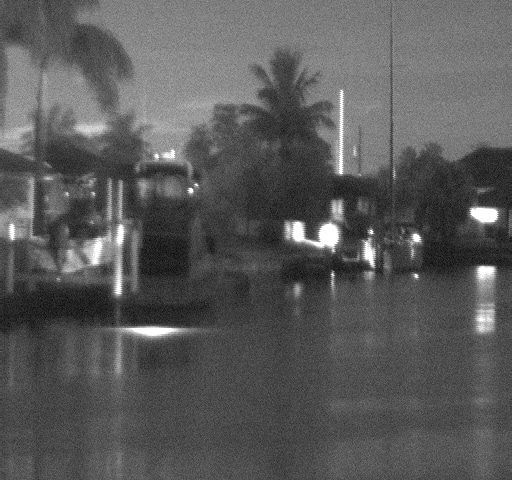
BoatingLAB Tests: Night Vision Scopes
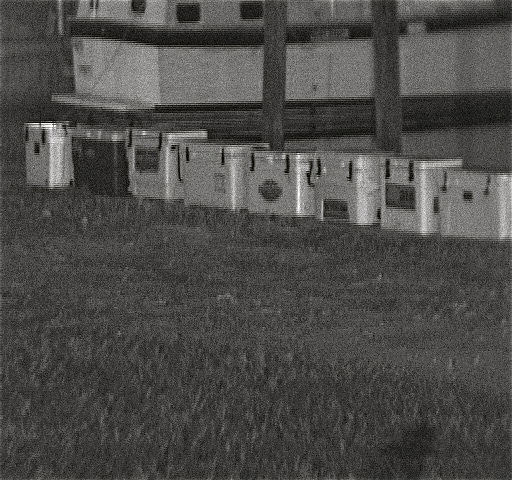
BoatingLAB Tests: Night Vision Scopes
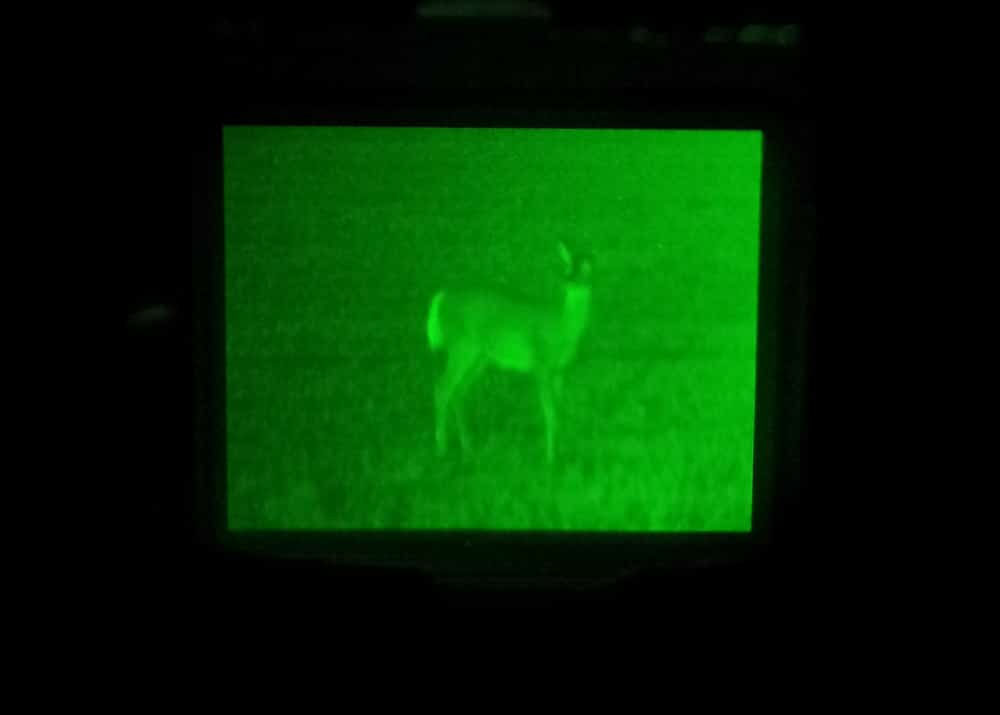
BoatingLAB Tests: Night Vision Scopes
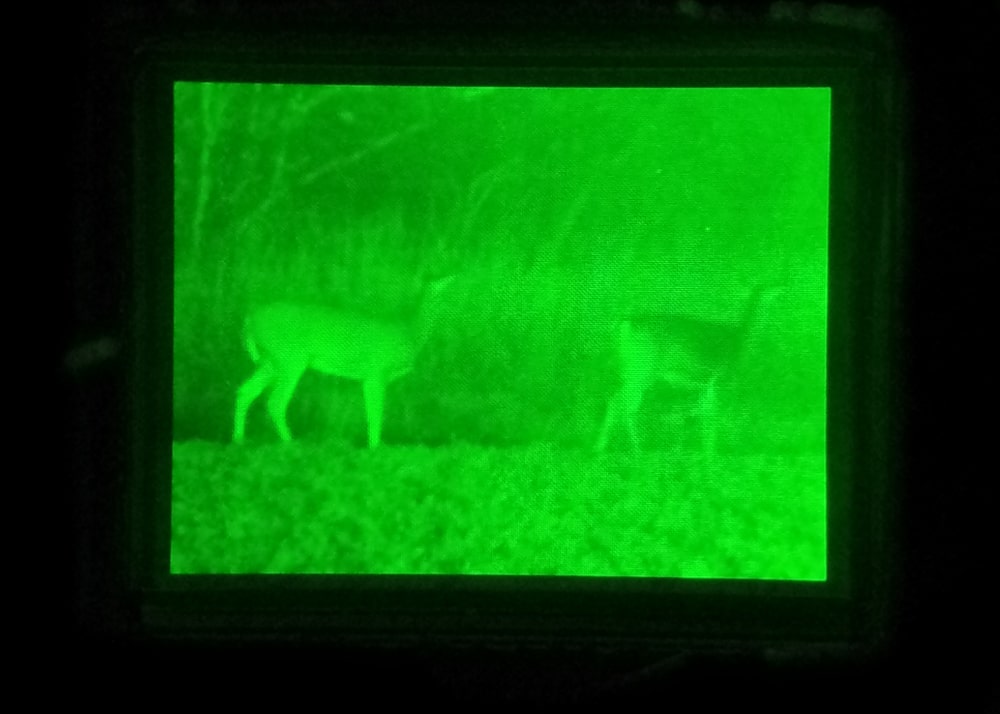
BoatingLAB Tests: Night Vision Scopes
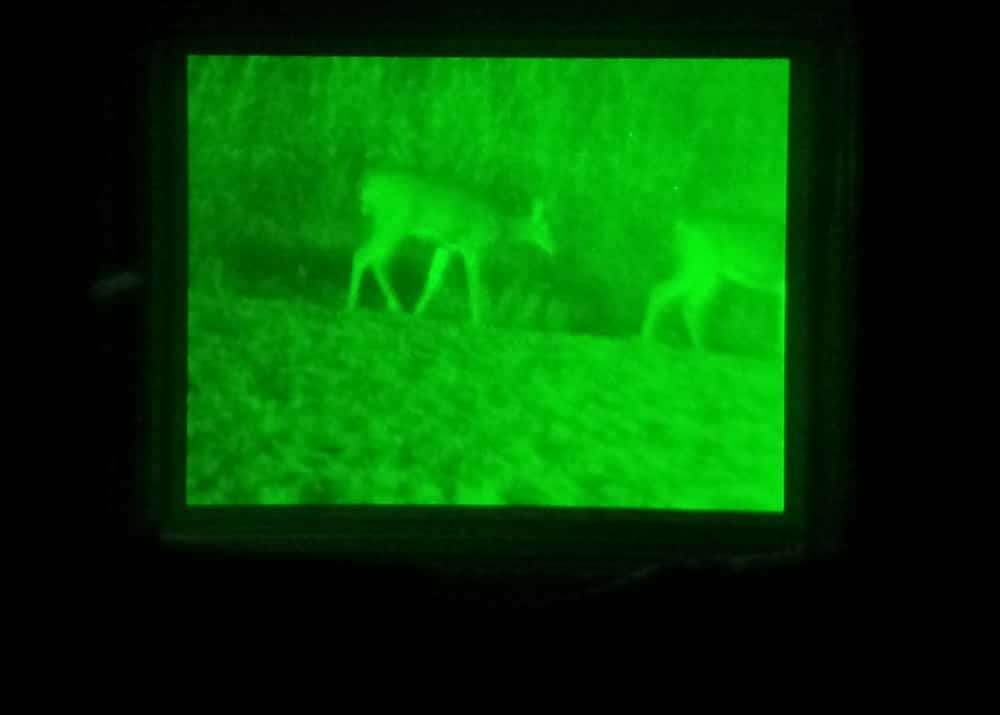
BoatingLAB Tests: Night Vision Scopes
Night Vision and forward-looking infrared (FLIR) imaging each pierce the darkness in different ways. Both offer pros and cons, and so we found a dark stretch of the St. Johns River near Sanford, Florida, to test these scopes. We dropped anglers’ marker buoys every 15 seconds while traveling 3.5 mph (approximately 25 yards per target) and then anchored 30 seconds from the last of eight markers. First we sighted down the string to see how many we could spot. Then we weighed anchor and went hunting for the buoys in a search-and-rescue maneuver.
Bat Vision 101
Night vision and forward-looking-infrared vision are very different solutions to the same problem: how to see in the dark.
Night vision amplifies ambient light that strikes its sensor and generates visual data that is amplified and transmitted to a viewing screen. It can sometimes offer more detail because it responds to light more like the eye does.
Infrared illuminators, invisible to the eye, can be detected by night-vision scopes and enhance the image much like a flashlight does. They can also be detected by other night-vision scopes — not good for snipers.
Forward-looking infrared detects invisible heat radiation when that strikes its sensor. The signal is interpreted by a microprocessor and then transmitted to a viewing screen. Infrared viewers generate greater contrast at distant targets but are unable to detect details like buoy numbers not visible to thermal imaging.
Resolution of both the sensors and the view screens has a great deal of influence on the image you see. A larger sensor gives better information to the system, and more pixels in the viewing screen per square inch give more detail to the eyeball.
Contrast of image is everything. The fur of a raccoon blended with the brush in both night-vision technologies and diffused its heat signature with FLIR. But we “made” the masked critter when its eyeballs reflected the IR illuminator of the iGen.
Image modes allow users to change screen color to enhance viewing. Red has the least impact on night vision. The eye can detect many shades of green, so a green display can give more detail to the viewer. FLIR let us toggle between white-hot, meaning the warmest targets were whitest, to black-hot, meaning the warmest targets were darkest — helpful choices you can make when searching in different backgrounds.
Waterproof construction is very important for a marine device, and only FLIR is rated fully waterproof.
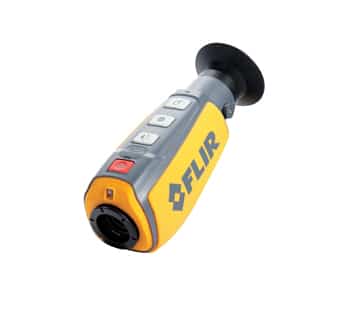
FLIR First Mate HM MS 324
Heat is a form of infrared radiation but at a wavelength beyond the IR-assist technology used in night vision. The compact scope requires no focusing, but the eyepiece can be adjusted to match eye strength. White or black hot image settings gave the optimum contrast, but red was worthwhile to preserve night vision. We charged the internal lithium-ion batteries with a USB cord attached to a laptop.****
Wins: FLIR was the only waterproof device we tested and the unchallenged master at making the heat signature of a large target, such as a human, pop out on the screen. FLIR was better than night vision when spotting the small target buoys with no reflected light behind them. It was the easiest to use. Pick it up, turn it on, you’re good to go.****
Losses: The resolution of the screen did not allow us to see the buoys beyond about 25 yards.****
Final Word: FLIR’s high-contrast image of a human target makes it ideal for search and rescue. A higher-resolution viewfinder would improve it.
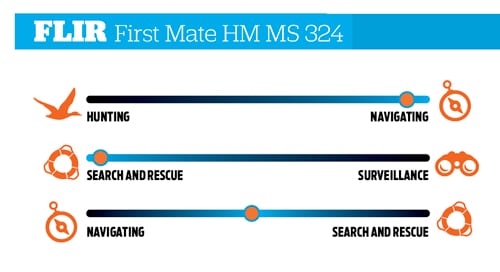
Specs
Vision Type: Thermal imaging
Size: 6.7″ x 2.31″ x 2.44″
Weight (approx.): 12 oz.
Water Shield: Waterproof
Focus: None
Tripod Mount: Yes
Viewer Resolution: 320 x 240
Light Magnification: NA
Battery Type: Li-ion
Battery Life: 5-7 hours
Viewing Range (See a man @ ft.): 1,476
Image Capture: No
Image Storage: NA
Video Output: No
Visual View Modes: White/hot, black/hot, red
Field of View: 24˚ W x 18˚ H
Magnification: 2x e-zoom
Warranty: 2 years
Price: $2,999
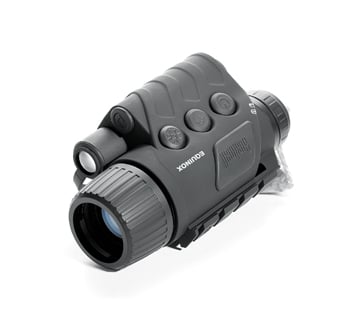
Bushnell Equinox 4 x 40 mm Digital Monocular No. 260440
Compact and simple to use, the Equinox is ideal for surveillance or wildlife viewing. It is the lowest-priced device tested and so lacks some of the technology and benefits of the higher-priced devices. The infrared illuminator pumped out enough added light to let us easily spot hyacinths drifting in the current, but gave less satisfaction in identifying the flame-red buoys at beyond 20 yards. This could be a function of the lower-resolution viewfinder or of less sophisticated data processing in comparison with iGen’s night vision technology.****
Wins: It’s marketed to the hunter and wildlife watcher, for whom higher resolution isn’t as critical. It’s priced low and gives good service when closer-range observation is enough. The device worked best on land and gave satisfying detail at about 100 yards — its optimum, though not maximum, range.
Losses: We found its shorter range, lower contrast and lower resolution didn’t give us a clear enough view to “capture” our buoy targets on the water.****
Final Word: This is a great device for wildlife observation or surveillance, but we didn’t think it had the resolution or range needed by mariners.
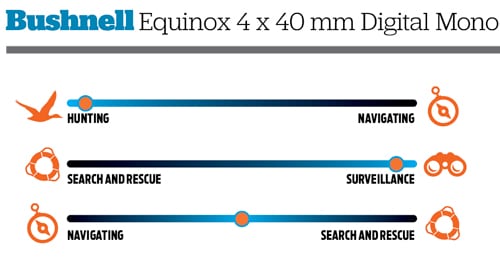
Specs
Vision Type: Infrared-enhanced night vision
Size: 6.5″ x 4″ x 2.4″
Weight (approximate): 13 oz.
Water Shield: Water resistant
Focus: Adjustable
Tripod Mount: Yes
Viewer Resolution: 320 x 240
Light Magnification: 650x
Battery Type: 2 CR123 lithium
Battery Life: 6 hours
Viewing Range (see a man @ ft.): 738
Image Capture: No
Image Storage: NA
Video Output: Yes
Visual View Modes: Gray, green
Field of View: 30′ at 300′
Magnification: 4x
Warranty: 1 year
Price: $449
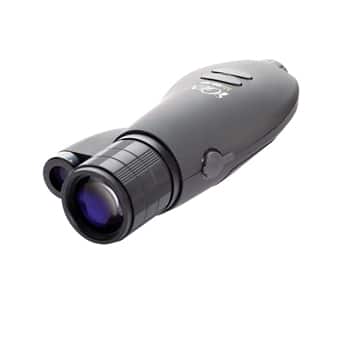
Night Owl iGen NV 20/20
The view from this scope was easily superior to the Equinox’s, an expectation fostered by the added price. We spotted raccoons along the dark shoreline and even noticed the wake of a snake swimming across the river’s surface. It had the highest display resolution, and that made the images highly detailed.
Wins: We could spot a string of three buoys, the farthest at 100 yards using IR enhancement. For spotting markers and obstacles in marine environments, it provided good detail and resolution. It spotted more buoys when the lighted tower was behind the targets. Battery life using inexpensive AAs is a bonus. Its ability to overlay multiple images at a rate of 2 to 30 feet per second further enhanced the apparent light amplification. It also provided greater image detail than thermal sensing, giving us facial details much like a monochrome image rather than a silhouette.
Losses: It had a shorter range than FLIR and less contrast for spotting warm human targets than did FLIR. With the darkest background it didn’t capture as many buoys.
Final Word: This makes an excellent navigation tool with some ambient light but doesn’t paint human targets with as much contrast as thermal imaging does, reducing its SAR value.
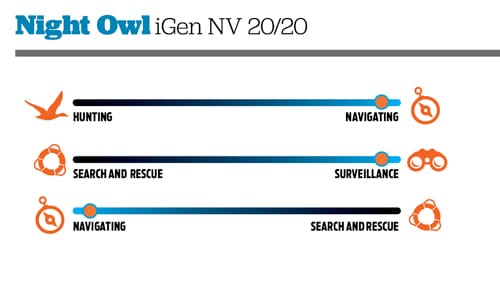
Specs
Vision Type: Infrared-enhanced night vision
Size: 9″ x 4″ x 2.5″
Weight (approximate): 19.1 oz.
Water Shield: Not waterproof
Focus: Adjustable
Tripod Mount: Yes
Viewer Resolution: 432 x 240
Light Magnification: 650x
Battery Type: 4 AA
Battery Life: 4.5 hours
Viewing Range (See a man @ ft.): 720
Image Capture: Yes
Image Storage: SD card
Video Output: Yes
Visual View Modes: Blue, gray, green or red
Field of View: 70′ @ 330′
Magnification: 2.6x
Warranty: 1 year
Price: $799









